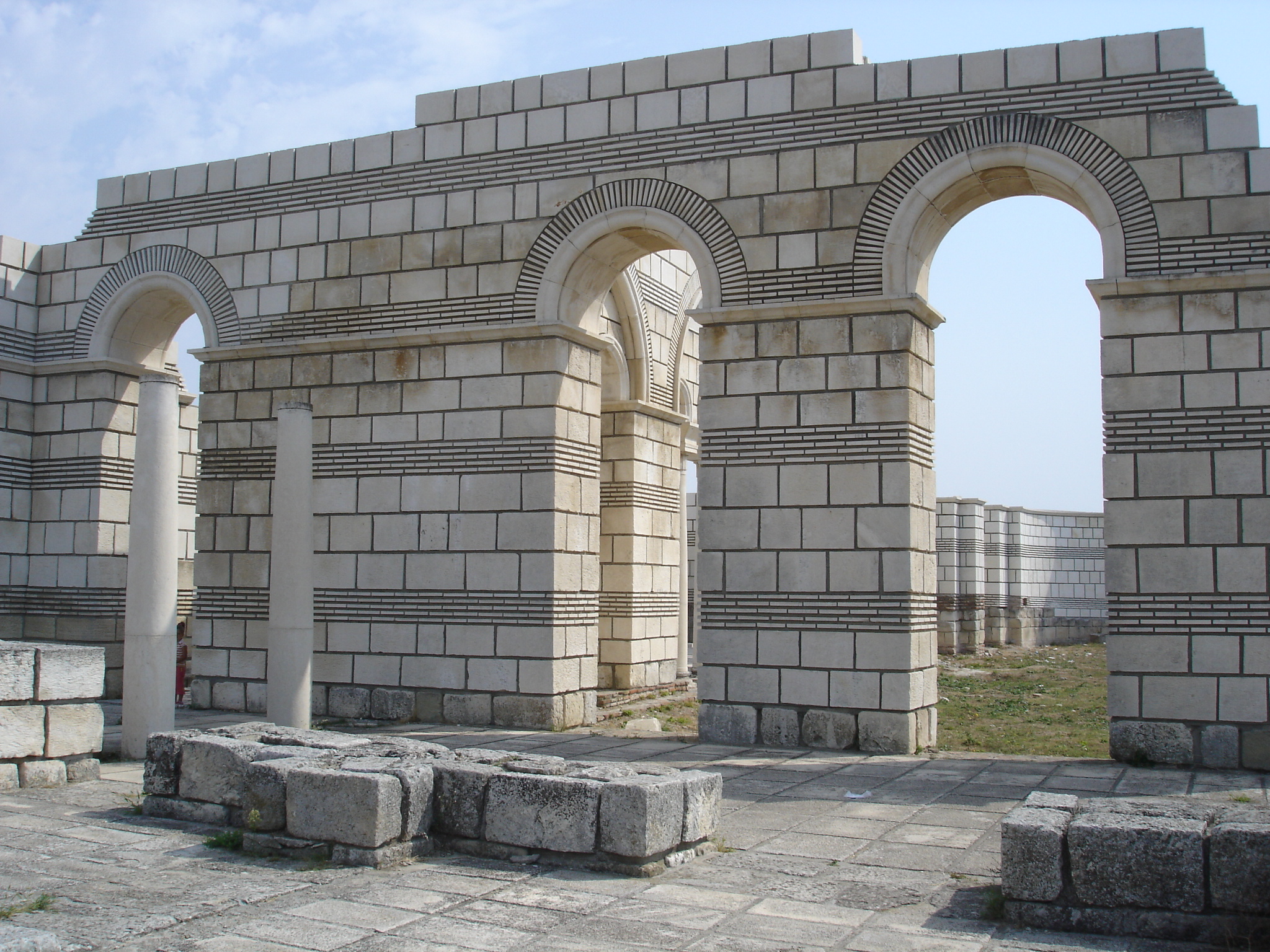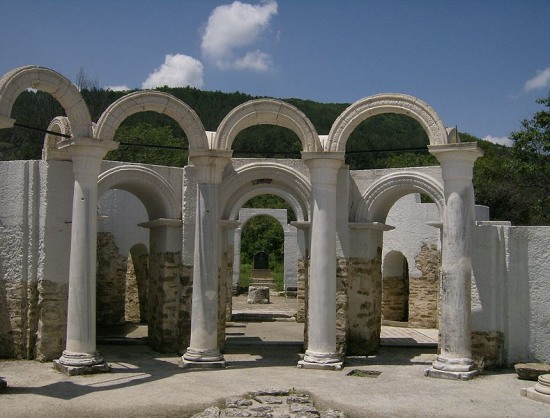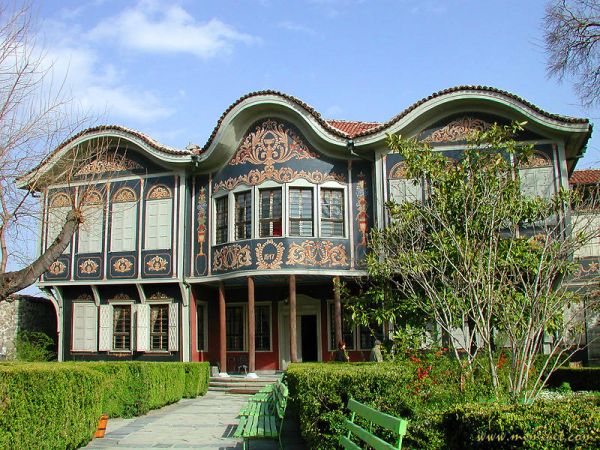
The Bulgarians appeared on the Balkans in the early 4th century BC as one of the peoples that invaded the eastern regions of the Roman Empire. Their origin and native lands are a mystery, but what is beyond doubt is that in the swirl of the Great Migration of Peoples in the 2nd-3rd century AD the Bulgarian tribes seized the Pontic steppes between the mouth of the river Danube and the Caucasus.
In 681 the Bulgarian army seized the province of Moesia and after a peace treaty with the Byzantium Empire, a new state appeared on the European map – Bulgaria. The archaeological excavations in the last 100 years showed the rich material and spiritual culture of the First and Second Bulgarian Kingdoms. The Bulgarian scientists explored the three capitals: Pliska, Preslav and Veliko Tarnovo, many fortresses, villages, public and private buildings, palace complexes, and churches.
The first Bulgarian capital - Pliska (681 – 893) is an open-air museum and includes architectural remains from: the "outer", the "inner" town, the Throne palace, the small palace, a pagan temple, the Palace church, the cisterns, bathrooms, economic and living buildings. 1,5 кm from the Eastern gate are the remains of a great cathedral temple – The Great Basilica.

The second Bulgarian capital Veliki Preslav (893 - 969) is also an open-air museum and includes original objects from the Bulgarian Golden Age – 9th –10th c. Many immovable monuments were found on the territory of the reserve and its vicinity – the Palace of Tsar Simeon, the fortress walls, the Golden church, inscriptions from 9th – 10th c., the Preslav Gold Treasure, a ceramic icon of St. Teodor, a collection of lead seals, the ceramic iconostasis from the Palace monastery, a valuable collection of epigraphic monuments.
The heart of the third Bulgarian capital - Veliko Tarnovo (1185-1393) is Tsarevets - a very magnificent place with national importance. The archaeologists discovered fortress walls, The Tsar’s Palace, The Patriarchal Church, the Baldwin Tower, economic and living buildings, 22 churches and 4 monastery complexes.
The high culture of Medieval Bulgaria is reflected in the educational system and the intellectual centers which sprang up in hundreds of monasteries, built between the 9th and the 14th century. These cradles of culture and education were strong pillars of national identity and self-consciousness. This is reflected in many preserved manuscripts, old-printed books and epigraphic inscriptions.

The National Renaissance (the second half of 18th-19th century) is the period when Bulgarians began to revive after a long time of passive resistance against the Ottoman domination. This is a time of entire acceleration in all spheres of life: economics, trade, crafts, art (architecture, literature, and wood-carving, icon-painting). Today we can see evidences from this period in many towns and villages: Plovdiv (Old town), Tryavna, Kotel, Troyan, Koprivshtitsa, and Bansko.